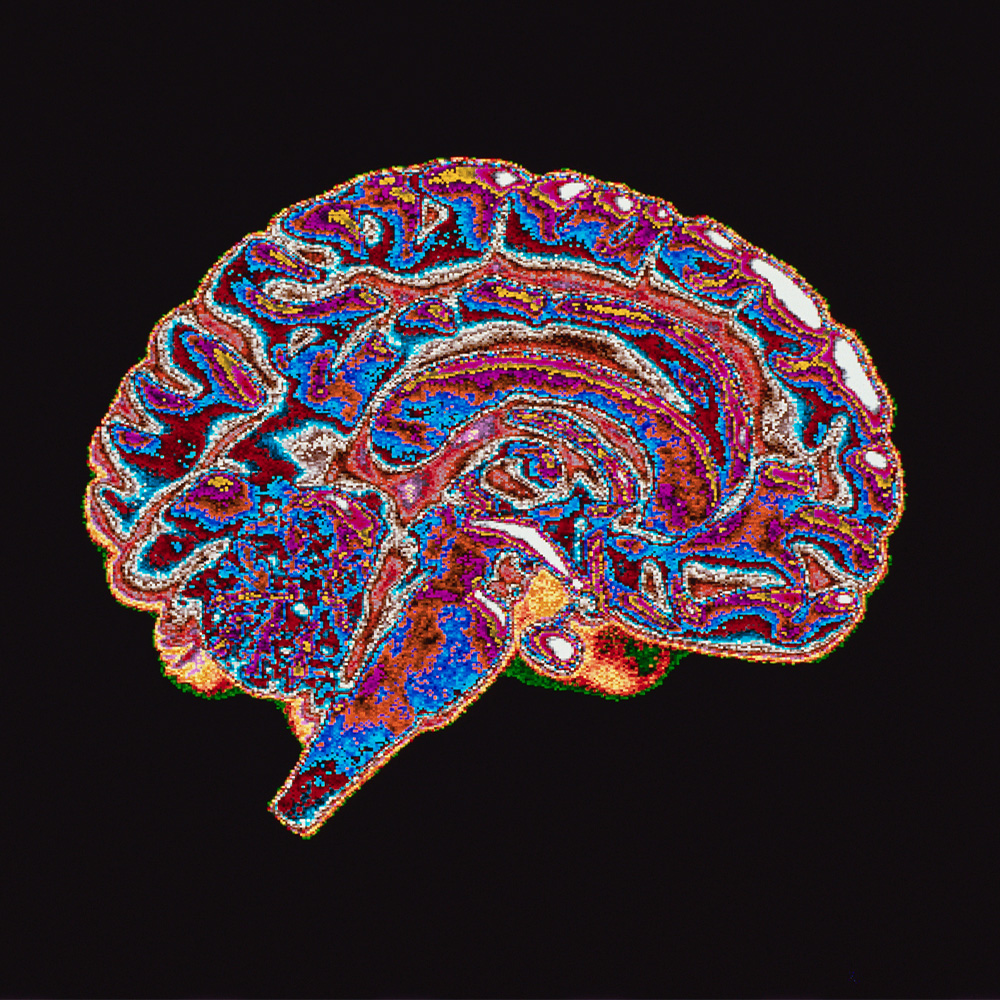Pain sufferers – and physicians – need alternatives to opioids
Commentary by Dr. Carl Noe

As the opioid epidemic continues to spread across the country, Texas is taking some important steps in the battle, from improved monitoring of prescription painkillers to expanded programs to treat addiction.
But as a doctor who regularly sees patients suffering from chronic pain, I don’t believe this crisis can be solved until we educate more physicians and the public about real alternatives to these addictive pills.
The epidemic is taking its toll here. In 2016, Texas had 1,376 opioid-related overdose deaths, according to Dr. John Hellerstedt, the state’s health commissioner, who shared the data at a regional opioid summit organized by the U.S. Department of Health and Human Services and held at UT Southwestern Medical Center in Dallas.
Deaths tied to prescription painkillers have started to decline in the state, but heroin overdoses and overall opioid-related fatalities are up. About 80 percent of heroin users report a history of having used prescription painkillers. And fentanyl is now entering the country illegally along with even more potent opioids.
It’s certainly not what we envisioned. When I started in this field 30 years ago, opioids could not be prescribed in Texas to anyone who might be a habitual user. That began to change in the early 1990s after the Texas Legislature passed the Intractable Pain Treatment Act. Designed to provide relief to terminal cancer patients, it allowed doctors to prescribe opioids at whatever dosages they deemed necessary.
Early assumptions about the drugs – that addiction rates would be low and that benefits derived from short-term use would extend over the long term – turned out to be wrong.
We now know that opioids are very addictive and their effectiveness wanes as people habituate to the medication. Also, respiratory depression is a risk even for patients who have been on the medications for a long time.
But the convenience of offering a prescription for quick relief won over doctors, and our country’s pill culture appeals to patients. We in the medical community should have known better.
There’s no scientific data to show that opioids are effective in treating chronic pain, and there is a better solution. Interdisciplinary pain management programs, which combine physical therapy, behavioral counseling such as stress management and therapies including acupuncture or non-opioid drugs with analgesic effects have proved more effective at reducing pain with far less risk.
A study of patients who went through the pain management program at UT Southwestern found that their median pain score was reduced by 35 percent over the course of a year, and about half were able to stop using opioids.
To be sure, this approach is not for everybody, and opioids remain an effective solution for handling acute pain caused by an injury, major chest surgery, or during hospice care.
But millions need to get off the pills.
The United States is an outlier when it comes to opioid usage. About 16 million Americans take opioids chronically – five times higher per capita than some other industrialized countries. Their widespread usage has made unexpected deaths from prescription drugs all too common, including high-profile overdoses such as rock star Tom Petty, whose family said recently that he had been dealing with knee problems and a fractured hip.
A law passed by the Texas Legislature last year requiring pharmacists to more quickly report sales of controlled substances will help physicians better track a patient’s opioid history before writing a prescription. But this crisis is likely to get worse before it gets better.
If you have chronic pain and are on opioids, try a pain management program and taper off the drugs, or at least reduce your dosage to a low level. If you’re in chronic pain and not on opioids, stay off them and try nondrug alternatives first.
Dr. Carl Noe is Medical Director of the Eugene McDermott Center for Pain Management at UT Southwestern Medical Center. This column was published by The Texas Tribune, Fort Worth Star-Telegram, San Antonio Express-News and Longview News-Journal.




